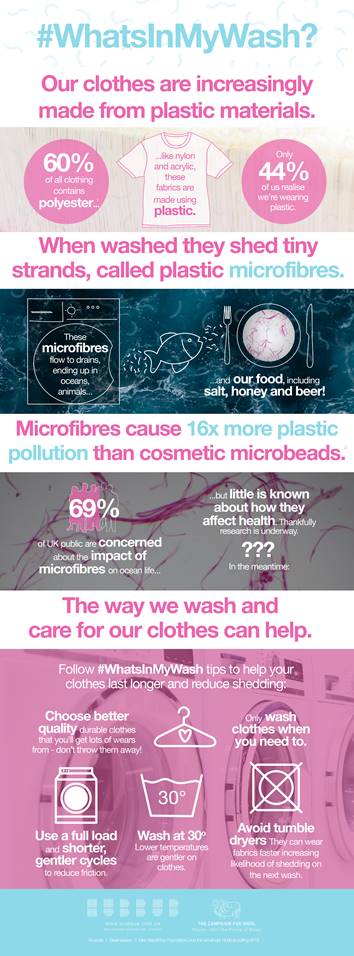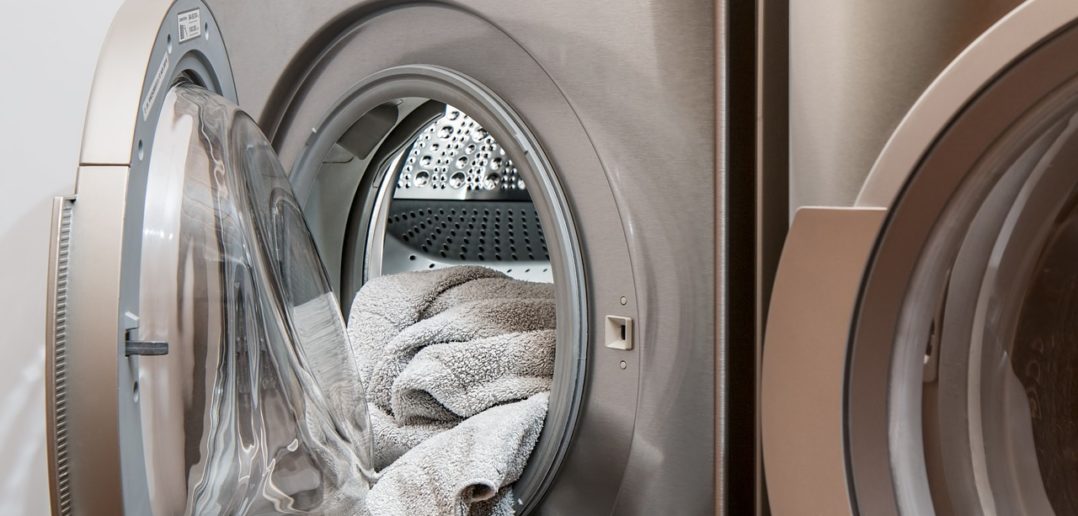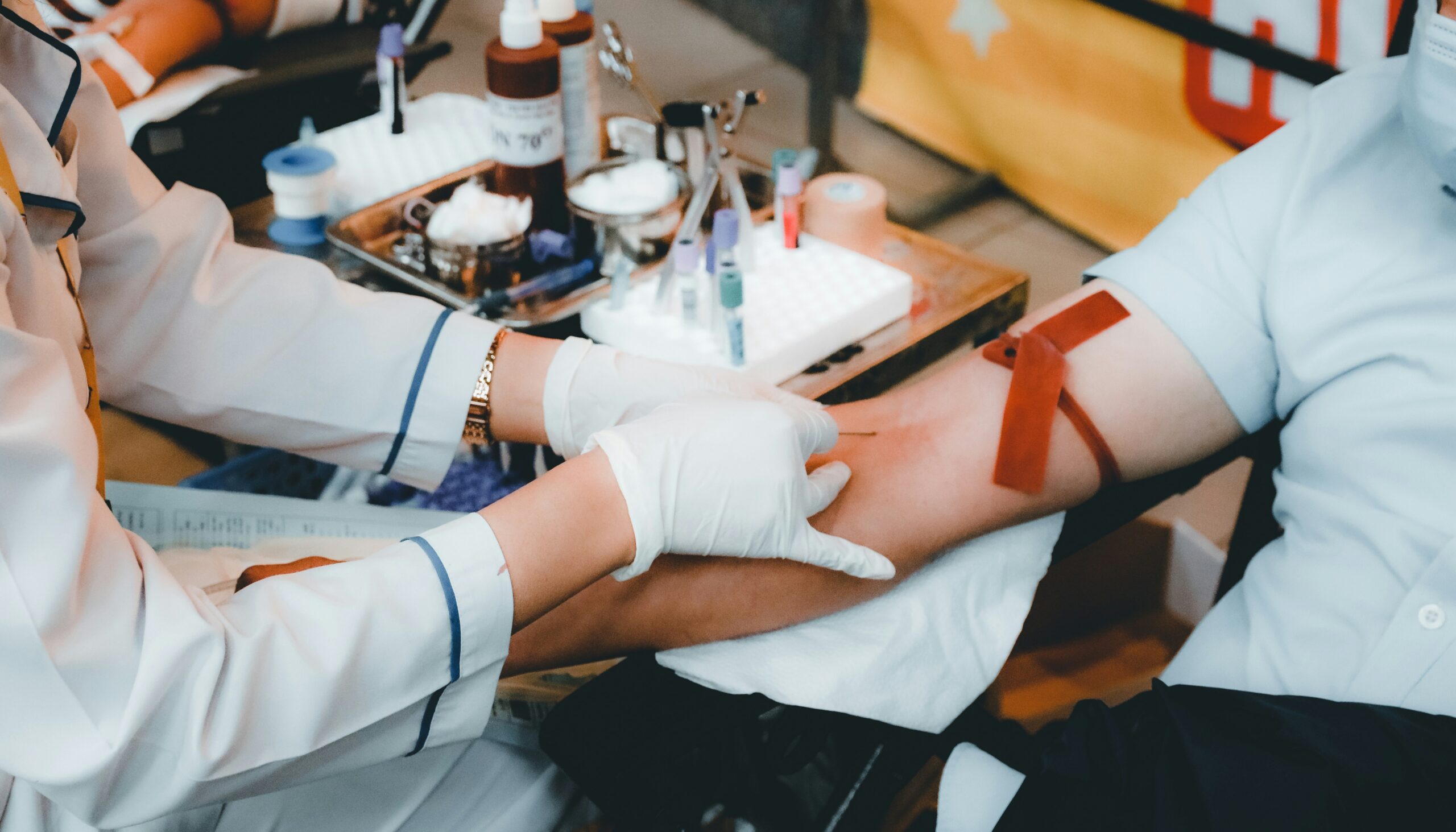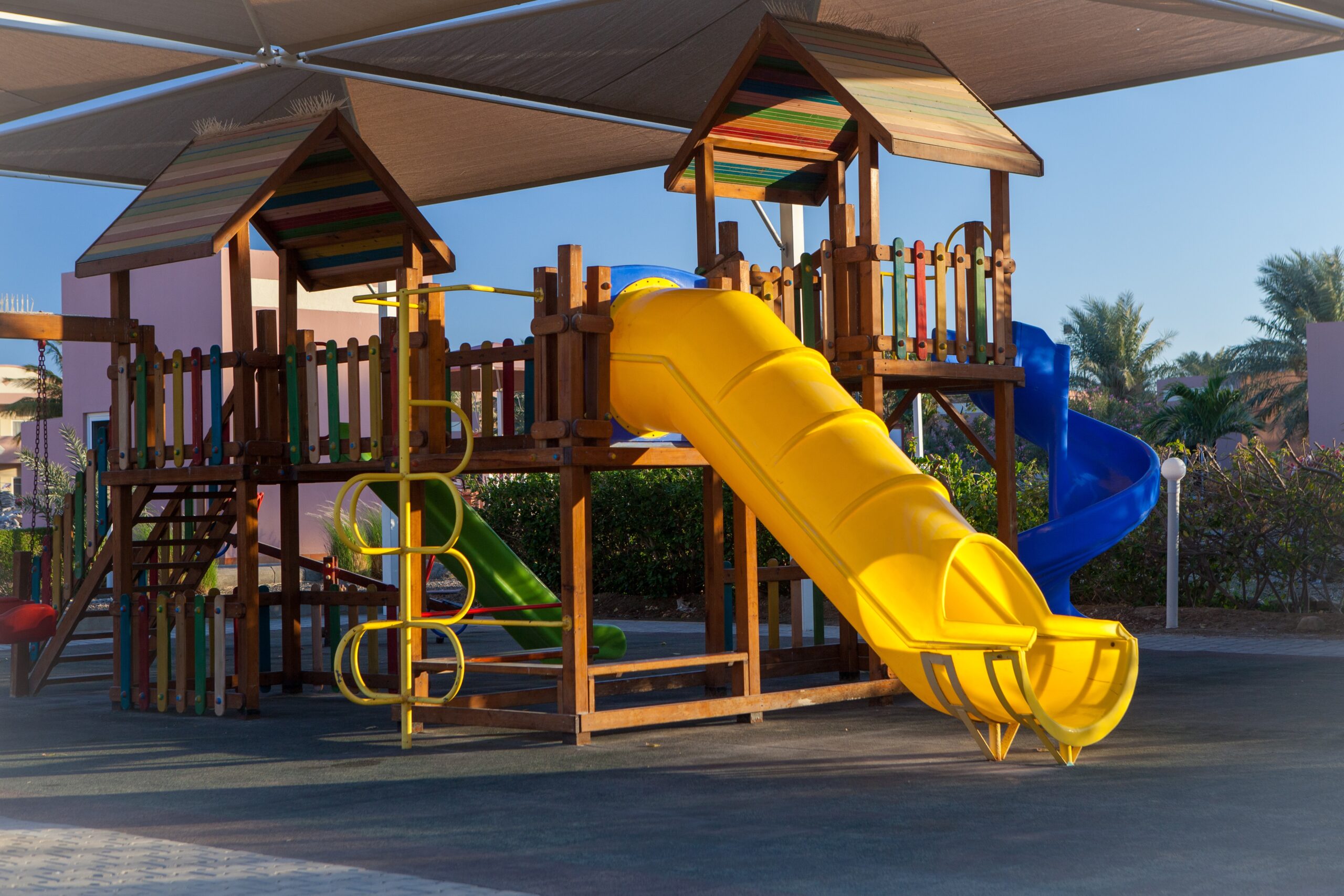
Disturbing recent studies have found microplastics in human stool samples around the world after the contamination of waterways, ecosystems and our food and drink – and the impact on our health remains unclear.
With an estimated one third of all microplastics in our oceans coming from washing textiles, environmental charity Hubbub’s #WhatsInyMyWash campaign is encouraging us all to make some simple changes to reduce the number of microfibres being released from our clothes when they’re washed.
The campaign, which is being supported by House of Fraser, was launched as Hubbub’s research of over 2,000 people across the UK revealed a lack of awareness about the plastic microfibres that come from clothing and the issues they cause.
44% of people polled were completely unaware that microfibres often end up in our food – from mussels to table salt, while 71% were aware of plastic microbeads and their impact on the environment, only 56% knew what microfibres are and how these actually pose a much bigger problem.
Half a million tonnes of plastic microfibres a year contribute to ocean pollution – 16 times more than the plastic microbeads from cosmetics. Additionally, while synthetic clothing is on the rise and now accounts for around 60% of all clothing produced, only 44% of people realised that synthetic fibres such as polyester, acrylic or nylon are actually plastic.
Plastic microfibres absorb toxic chemicals and the long-term health impact of consuming these fibres has yet to be fully established. Evidence given to the House of Commons’ Environmental Audit Committee in 2016 raised concerns about the impact on critical diseases, health conditions and hormones, however little has been done to address the issue to date.
“The issue of microfibres in our ecosystem is complicated and there is confusion amongst consumers about what they even are,” said Trewin Restorick, CEO of Hubbub. “We launched our campaign to help educate people about the problem these fibres pose and to help them do their bit to make a difference. There is clearly a lot more research to be done at an academic and industrial level, but in the meantime we hope people will follow our tips to reduce the amount of microfibres they release into our waterways.”
Hubbub suggests the following 6 actions we all can take to help reduce the number of microfibres released into our waterways:
- Choose clothes you really love and which are more durable, so you can get more wears from them.Synthetic clothes ending up in landfill are a growing source of secondary microplastic pollution because they gradually break down into micro sized plastic particles.
- Look at your clothing labels and be aware of the care instructions and what your clothes are made out of. Share a picture of your label with #WhatsInMyWash to show your support.
- Wash clothes only when you need to. Microfibres are released in the wash, so if you can get another wear out of something, let it air instead.
- Wash clothes at a lower temperature. This will prevent them from wearing faster which can lead to more microfibre release.
- Air dry your clothes. Avoid tumble dryers as they may wear your clothes out increasing the likelihood of microfibre release on the next wash. Your clothes will stay in shape for longer too!
- Pledge your support for more research and industry action on the issue.



